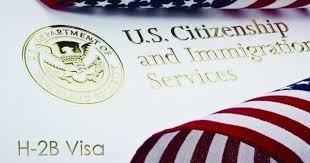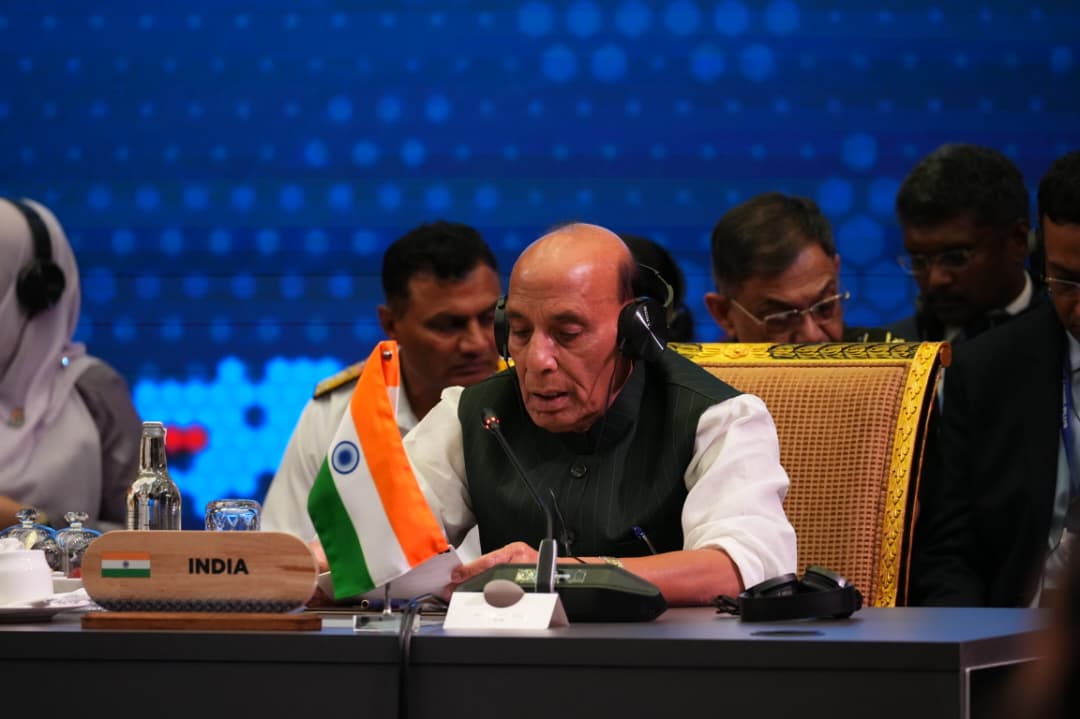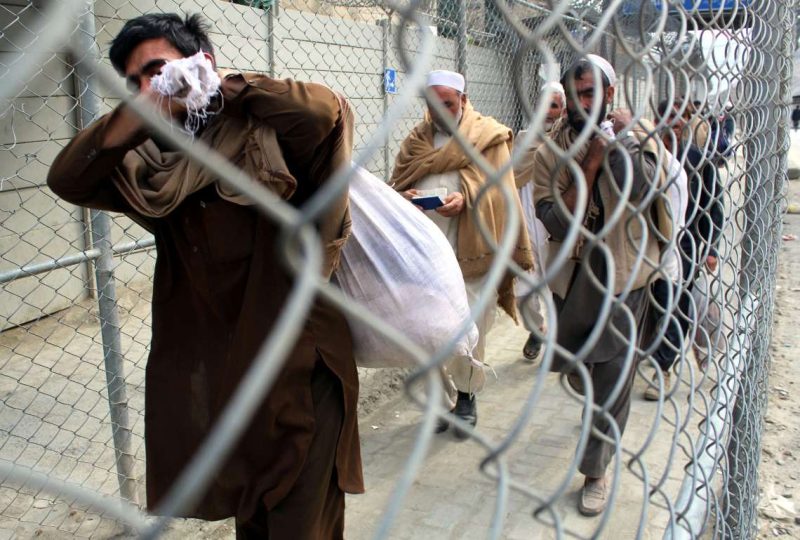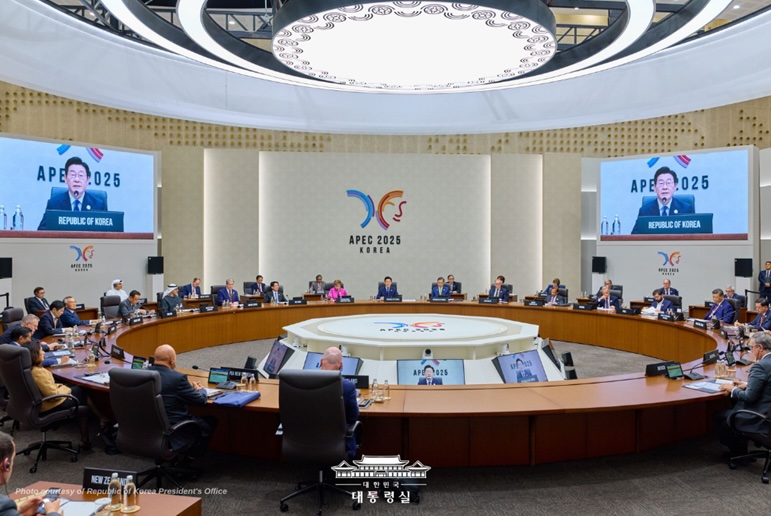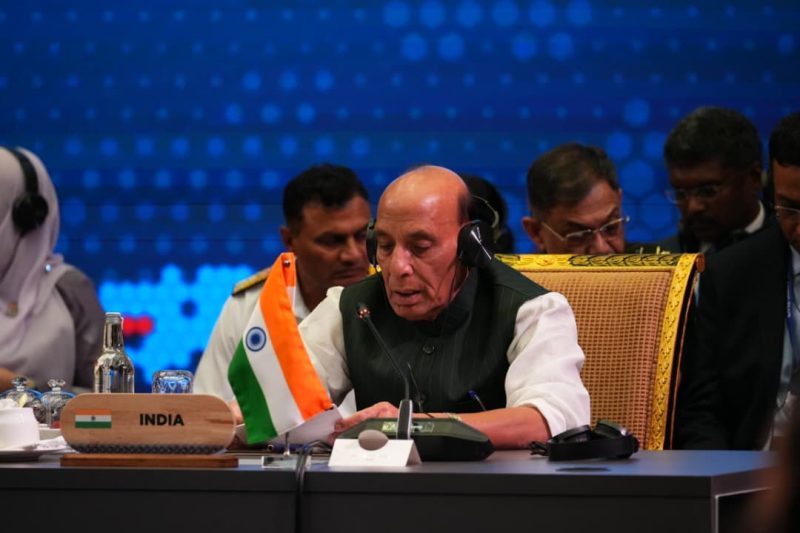This USCIS policy change is effective immediately and applies to pending applications. …reports Asian Lite News
The US administration has announced a policy manual change under the Child Status Protection Act (CSPA) to protect certain non-citizen children, including Indians, from losing eligibility to obtain lawful permanent resident status.
The update determines when a child’s age can be “frozen” and protected from “aging out”.
For a child to obtain lawful permanent resident status in the US based on his/her parent’s approved petition for a family-sponsored or employment-based visa, the child generally must be under the age of 21.
If the child turns 21 and “ages out” during the immigration process, the child generally is no longer eligible to immigrate with the parent based on the parent’s petition.
Under the new guidelines, the USCIS will now use the dates for filing chart to calculate these non-citizens’ ages for CSPA purposes, which provides these non-citizens with more certainty about their eligibility to adjust their status, the US Citizenship and Immigration Services (USCIS) announced.
It added that if these non-citizens are eligible to adjust their status because of the change in policy and they have filed for adjustment of status, they will also be eligible to apply for employment and travel authorisation based on their pending adjustment of status application.
In such cases, they generally will not lose previously issued employment or travel authorization, the USCIS said.
“Thank you, @USCIS, for making this narrow, commonsense policy change. It will be life-changing for many young people who narrowly age out!” Dip Patel of ‘Improve The Dream’, an organisation advocating for aged-out children, tweeted.
“While this is a great step, it is also important to recognise this affects a very narrow population of aging out children. Much broader changes are both necessary and possible (both administrative and legislative),” Patel said in a series of tweets.
He added that to permanently end aging out, a bipartisan legislative solution like the America’s Children Act will be needed.
The CSPA was enacted to protect certain noncitizen children from losing eligibility to obtain lawful permanent resident status based on an approved visa petition by providing a method to calculate the child’s age that considers when an immigrant visa number “becomes available.”
The Department of State’s Visa Bulletin is used to determine when a visa number becomes available. The Visa Bulletin has two charts — the Dates for Filing chart and the Final Action Date chart.
“If the ‘dates for filing chart’ is current, it allows people with pending applications to finally apply for adjustment of status, but they cannot actually get green card if ‘final action date chart’ is not current,” Patel explained.
Under the previous CSPA guidance, USCIS considered a visa available for purposes of the CSPA age calculation based only on the Final Action Date chart, even if a non-citizen could apply for adjustment of status using the earlier date in the “Dates for Filing” chart.
“I am grateful that @USCIS has taken action to protect some of the 200,000 Documented Dreamers who call the United States home. But we cannot stop here. We must act and pass my bipartisan America’s CHILDREN Act to provide a pathway to citizenship for all Documented Dreamers,” Congresswoman Deborah Ross said in a tweet.
This USCIS policy change is effective immediately and applies to pending applications. Therefore, some non-citizens with a pending application may now have a CSPA age that is under 21 based on this change.
According to estimates, as of April 2020, there were an estimated 253,293 children awaiting permanent residency based on their parents’ employment-sponsored visas.


